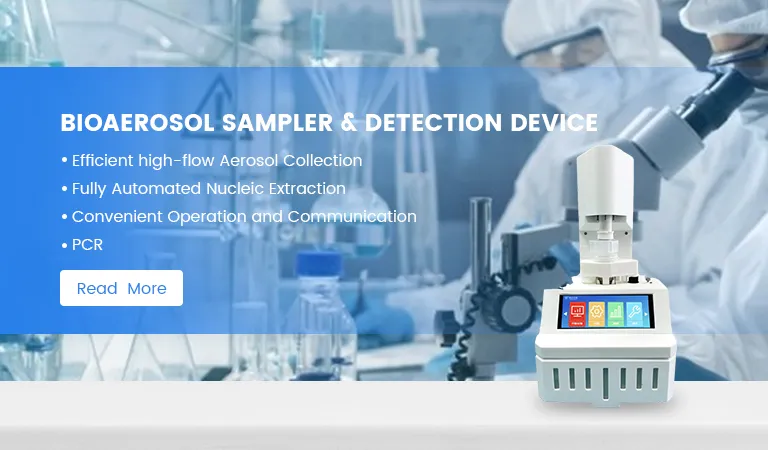
tuberkulose dna-polymerase-kettenreaktion
Tuberculosis and the Role of DNA Polymerase in Diagnosis
Tuberculosis (TB) is a bacterial infection caused by *Mycobacterium tuberculosis*, affecting primarily the lungs but can also impact other parts of the body. Despite being a largely preventable and treatable disease, TB remains one of the leading causes of death worldwide, especially in low- and middle-income countries. Early and accurate diagnosis is crucial for effective treatment and control of TB, and one of the most promising advancements in this area is the use of DNA polymerase chain reaction (PCR) technology.
The Importance of Early Diagnosis
Early diagnosis of TB is essential not only for the health of the individual but also for public health. Traditional diagnostic methods, such as sputum smear microscopy and culture, can be time-consuming and may take weeks to yield results. These delays can lead to increased transmission of the disease and complicate treatment efforts. Furthermore, the emergence of multidrug-resistant forms of TB necessitates rapid and accurate diagnostic techniques to provide appropriate treatment promptly.
DNA Polymerase Chain Reaction (PCR)
PCR is a molecular biology technique that amplifies specific DNA sequences, allowing for the detection of even minute quantities of genetic material. The technique relies on the enzyme DNA polymerase, which synthesizes new strands of DNA complementary to the target sequence. The use of PCR in testing for TB has revolutionized the field of infectious disease diagnostics.
The process involves several key steps 1. Sample Collection Typically, a sputum sample is collected from the suspected TB patient. 2. DNA Extraction The bacterial DNA is extracted from the sample. This step is crucial as it isolates the DNA of *Mycobacterium tuberculosis* from the host's cells. 3. Amplification Once the DNA is extracted, specific primers designed to target sequences unique to *M. tuberculosis* are introduced along with DNA polymerase. The PCR involves repeated cycles of denaturation, annealing, and extension, exponentially amplifying the target DNA sequences. 4. Detection After amplification, the presence of the target DNA can be detected using various methods, including gel electrophoresis or real-time PCR techniques.
Advantages of PCR in TB Diagnosis
tuberkulose dna-polymerase-kettenreaktion

The application of DNA PCR in TB diagnosis offers several advantages over traditional methods.
1. Speed PCR can provide results in a matter of hours, allowing for quick decision-making and treatment initiation. 2. Sensitivity and Specificity PCR is highly sensitive and specific, capable of detecting small amounts of TB DNA even in cases with low bacterial loads. 3. Early Detection of Drug Resistance PCR techniques can be adapted to identify the genetic mutations associated with drug-resistant strains of TB, facilitating targeted treatment approaches.
Limitations and Challenges
Despite its advantages, the use of DNA PCR in TB diagnosis is not without challenges. The high cost of PCR testing can be a barrier in resource-limited settings where TB is most prevalent. Additionally, the requirement for specialized equipment and trained personnel may limit its accessibility. Furthermore, while PCR is a powerful tool for diagnosis, it should be used as part of a comprehensive diagnostic approach that includes clinical assessment and imaging studies.
Future Perspectives
As research continues, the potential of PCR techniques to contribute to global TB control efforts is significant. Innovations in assay design and the development of point-of-care testing will enhance the feasibility of rapid TB diagnostics, even in remote areas. The integration of PCR diagnostics with other emerging technologies, such as next-generation sequencing, could provide further insights into the epidemiology and treatment of TB.
In conclusion, the role of DNA polymerase chain reaction in tuberculosis diagnosis represents a significant advancement in the fight against this ancient disease. While challenges remain, the continued evolution of molecular diagnostic techniques holds promise for improving patient outcomes and controlling TB infections globally. Early and accurate detection remains pivotal, and with tools like PCR, the road toward reducing the burden of tuberculosis becomes a more attainable goal.
-
AI-Powered Air Bacteria Sampling w/GPT-4 TurboNewsAug.01,2025
-
AI Air Sampling Bacteria Detection Kit | Accurate & FastNewsAug.01,2025
-
Accurate Air Mold Test with GPT-4 Turbo | Fast ResultsNewsJul.31,2025
-
High-Accuracy PCR Panel for Cats – Fast Diagnosis & Reliable ResultsNewsJul.30,2025
-
Advanced Bioaerosol Detection for Accurate Air and Mold TestingNewsJul.30,2025
-
PCR Panel for Cats - Accurate Feline Diagnostics SolutionsNewsJul.29,2025





